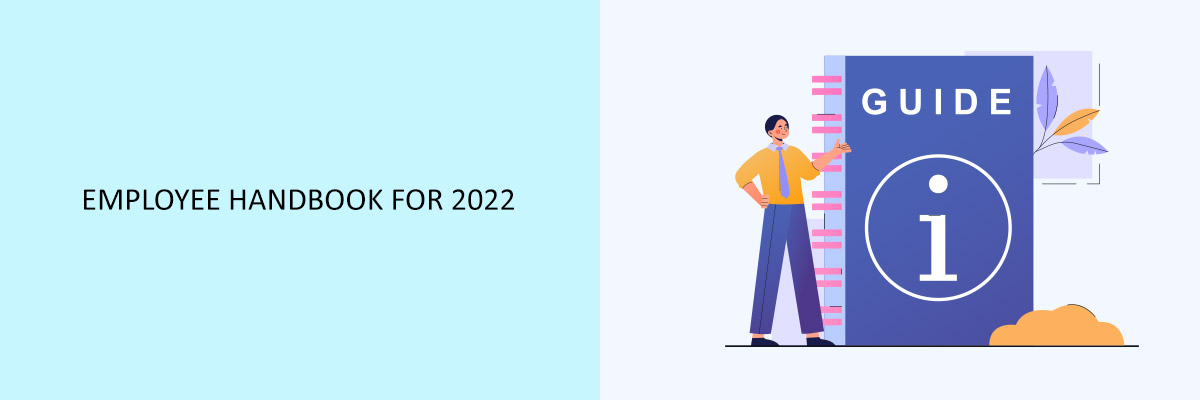Every industry has its own unique set of employee-related policies and procedures. These guidelines are a critical part of your employee handbook and should be updated as necessary.
A lot of small businesses rely on local workers for their day-to-day operations, and it is important to make sure everyone’s expectations are clear, and everyone is on board with the company’s way of doing things. Writing a handbook can help get everyone on the same page with company policies and help create a safe environment for employees and customers.
A good employee handbook will:
- Codify, categorize, and update organization policies
- Set expectations for new employees
- Help new employees succeed
- Protect employees from compliance violations
- Simplify onboarding
- Make training and enforcement effortless
What is an Employee Handbook?
The employee handbook is a valuable resource for both employers and employees. The handbook ensures that all the rules and policies are clearly stated, and understood by all the staff. As an employee, the handbook should provide you with all the information you need to know, such as, who is covered by the handbook, what are their rights, what are the rules of conduct at work, who are the people to contact for questions, etc.
There is a lot of talk about the importance of having a perfect employee handbook. Some believe it is the single best way to show the world who you are and what your company stands for. Others believe it is meant to be an internal organizational tool, to be used for training and reference. Either way, most agree that the handbook is the key to strong, cohesive company culture and set of values.
A handbook is meant to serve as a reference guide for all employees, but there are several versions, from the standard manual that spells out company policies to the detailed, employee-specific document that is up-to-date with business changes and employee expectations. If a company has a written handbook, it should be updated at least annually. Having a clear, concise document can also help prevent misunderstandings and mistakes, which can lead to legal disputes.
A lot of organizations cover the following in their employee handbook:
- Terms of employment
- Employee acknowledgment and signature
- Remote and hybrid work policies
- Compensation/benefits
- Payroll deductions
- Paid Time Off (PTO)
- Overtime
- Discipline
- Nondiscrimination
- Business travel
- Covid-19 protection and vaccine policy
- Code of conduct
- Conflict of interest
- Time and attendance
- Intellectual property
- Dress code
- Safety
- Ethics
- Anti-retaliation
- Social media
- Mobile devices
Final Words
An employee handbook should be a living document, regularly updated, and communicated to new employees. Companies that have been keeping their handbooks current have prevented many problems. Make sure you’ve considered all the things that you would like employees to know and be sure to communicate it to them.
Attend the Compliance Prime webinar to know more about the employee handbook.


